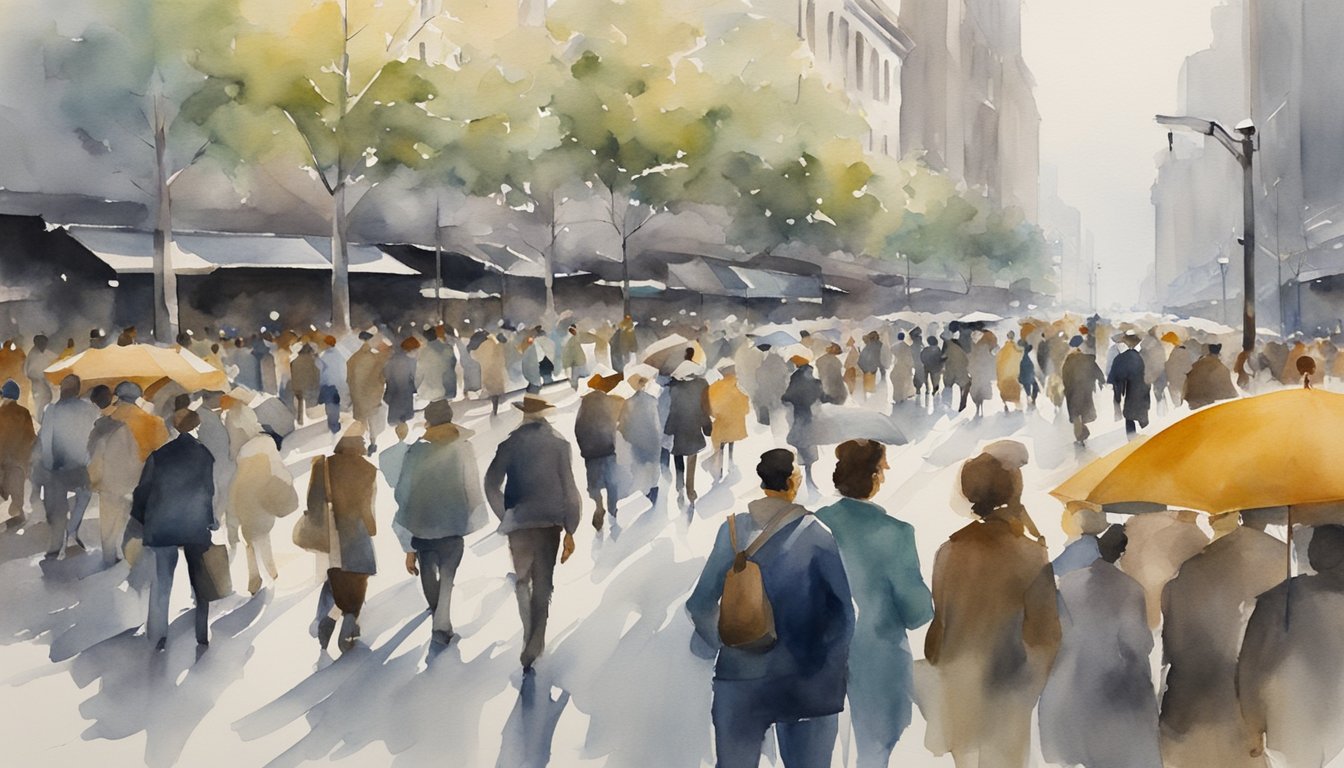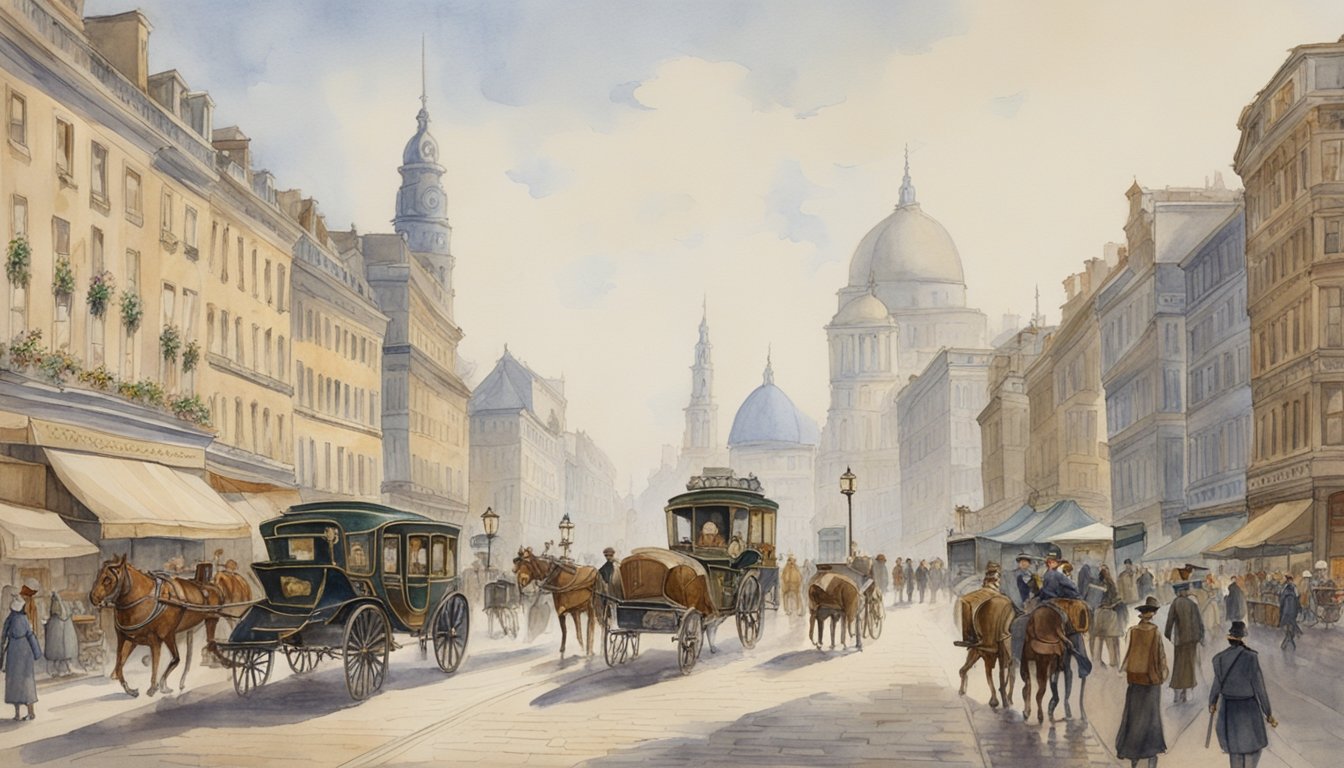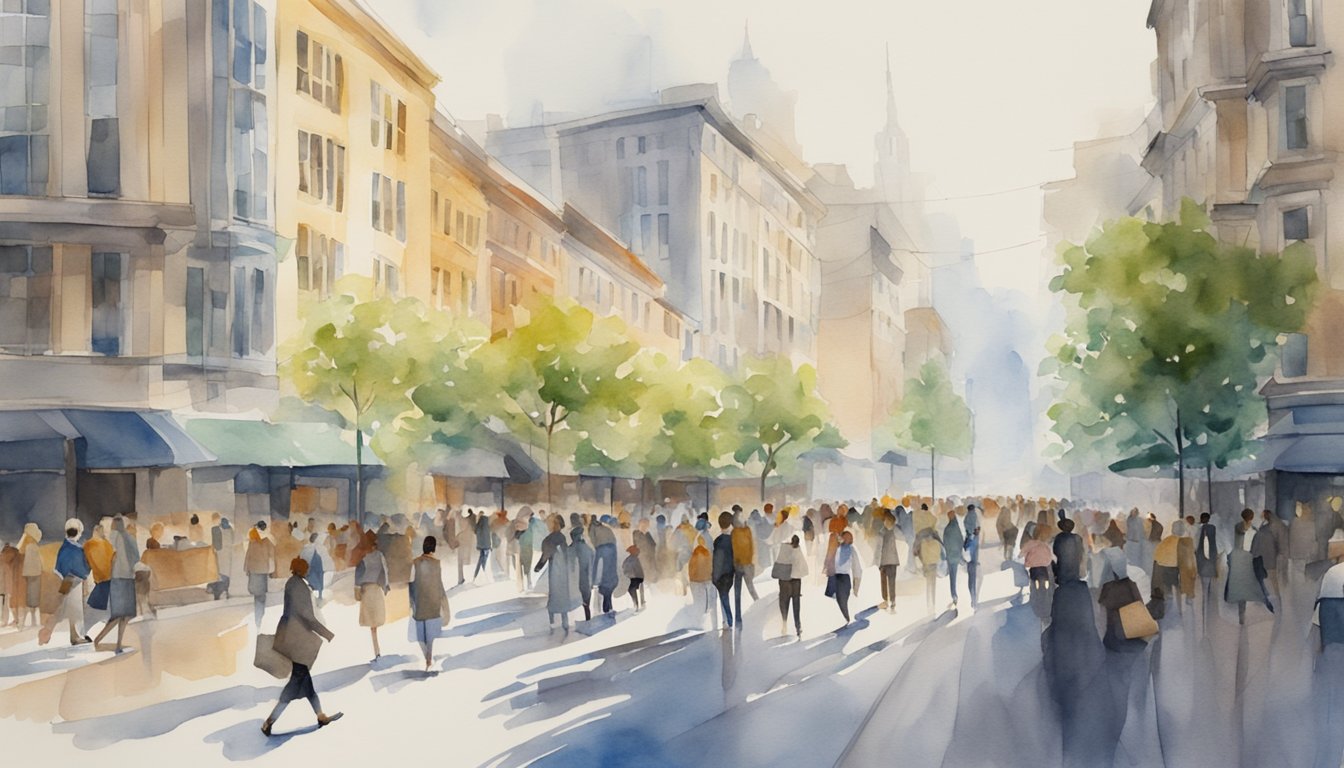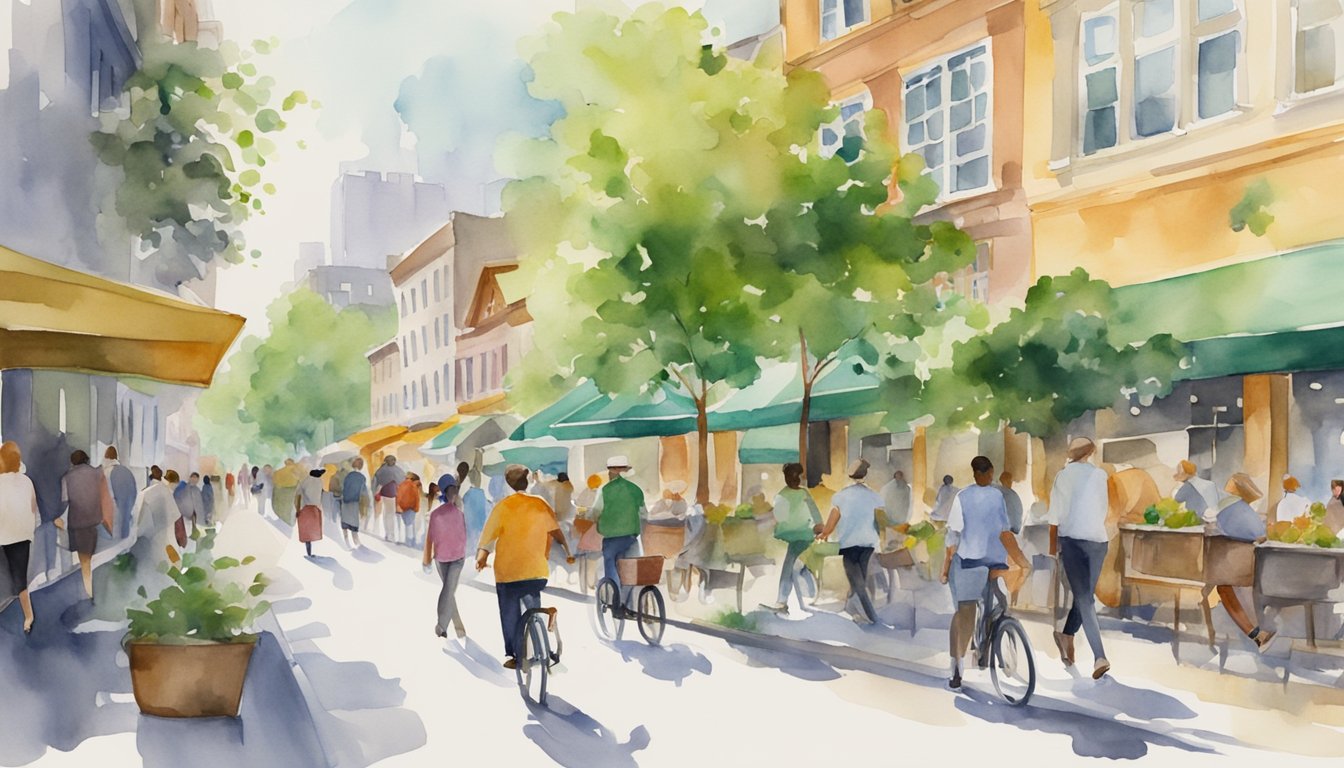The world of sport has seen many fascinating changes, but few are as surprising as the rise and fall of pedestrianism.
Once a sensation in the late 19th century, this sport featured epic rivalries and grueling six-day, 450-mile walks.
Pedestrianism was more than just a test of endurance; it captivated the public with its dramatic races and the impressive stamina of its participants.

In the modern era, pedestrianism is experiencing a revival, transforming urban planning and cultural lifestyles. Modern cities are redesigning spaces to be more walkable, promoting health, reducing traffic, and fostering community ties.
New initiatives blend the love of walking with sustainable urban living, reflecting the values of the revival of pedestrianism movement.
Today’s return to pedestrianism connects people with their environment in meaningful ways.
Walking is no longer just a mode of transport; it has become a lifestyle choice that enriches daily life.
Embracing this revival can help reclaim the benefits of a slower, more deliberate pace, making our cities more human-friendly.
Key Takeaways
- Pedestrianism was a popular sport in the 19th century.
- Modern urban planning encourages walkable spaces.
- Walking enhances lifestyle and community health.
Historical Context and Decline

Pedestrianism, once a popular sport and mode of transport, witnessed significant changes over the past century.
The rise of the automobile and shifts in societal priorities led to its decline.
Origins of Pedestrianism
Pedestrianism began gaining popularity in the mid-19th century, especially after the Civil War.
It became formalized with rules such as the “heel-to-toe” rule, ensuring a clear distinction from running.
Edward Payson Weston, a notable figure, walked 478 miles in 10 days, capturing public imagination.
In Britain, organized walking events emerged, attracting huge crowds and fostering a competitive spirit.
By the 1870s, professional pedestrianism turned into a sanctioned sport with set regulations and dedicated followers.
Impact of the Automobile Age
The advent of the automobile in the early 20th century dramatically altered urban landscapes.
Pedestrian spaces were reduced as cities reshaped themselves to accommodate cars.
In both the United States and Britain, this shift led to a decline in walking as a mode of transport.
Roads expanded, and pedestrian safety became overshadowed by the convenience of the car.
As motoring culture soared, pedestrianism’s significance dwindled, relegated more to recreational or fitness activities than everyday travel.
Pedestrianism as a Sport
In the late 19th century, pedestrianism evolved into a spectator sport.
Events attracted large audiences who would watch athletes walk for extended periods, often in competitive settings.
Figures like Frank Hart captivated fans with their endurance displays.
Competitors would walk for six days, with some even encouraged to drink champagne as a stimulant.
This era highlighted the sport’s peak, with structured competitions making pedestrianism a celebrated event globally.
Yet, as societal interests changed, the fervor around such competitions waned, contributing to the sport’s gradual decline.
Modern Revival and Urban Transformation

The revival of pedestrianism has reshaped urban landscapes by prioritizing walkability, community engagement, and sustainable living.
This approach stems from various movements, design principles, and technological advancements aimed at creating pedestrian-friendly environments.
New Urbanism Movement
New Urbanism focuses on developing cities that are walkable, encourage cycling, and incorporate mixed-use buildings.
This movement promotes pedestrian villages where amenities are within walking distance.
Urban planners like Michael E. Arth advocate for designs that blend residential, commercial, and recreational spaces seamlessly. New Urbanism also emphasizes greenbelts and parks, enhancing community spaces.
New York City has adopted several principles of New Urbanism, transforming areas to reduce car dependency and increase pedestrian zones.
Design and Planning for Pedestrians
Designing for pedestrians includes creating safe, accessible pathways and cycling lanes.
Urban planners prioritize safety by designing well-lit streets, crosswalks, and traffic calming measures.
Incorporating parks and green spaces encourages outdoor activities and community interactions.
Effective urban planning also includes energy-efficient street lighting and materials that promote sustainability.
Pedestrian villages and districts are emerging, where walkers can easily access shops, cafes, and other amenities.
Such planning ensures a vibrant, healthy urban life centered around walkability.
Pedestrianism in the Digital Age
In the digital age, technology integrates with urban design to enhance the pedestrian experience.
Smart city initiatives use sensors and data analytics to improve traffic flow and pedestrian safety.
Apps help walkers find the best routes, and digital signage provides real-time information on events and amenities.
These advancements make walking more convenient and enjoyable.
Modern pedestrian competitions and racewalking regulations also reflect the evolving nature of pedestrianism, blending traditional practices with new techniques and rules.
This blend of technology and traditional walking fosters a more connected and dynamic community experience in urban areas.
Cultural and Lifestyle Implications

Pedestrianism, once a celebrated sport, offers unique cultural and lifestyle benefits.
From shaping community spaces to promoting health and ecological well-being, its influence is manifold.
Pedestrianism in Popular Culture
In the late 19th century, pedestrianism was a major spectator sport.
Huge crowds gathered at arenas to watch walkers compete over days.
This enthusiasm influenced urban design, favoring streets and promenades for walking events.
Modern culture reflects this through marathons, walking tours, and public parks.
Spaces like plazas and fountains are designed to accommodate pedestrians, promoting walking as both sport and leisure.
Pedestrianism also spurred a focus on community, where people gathered in neighborhood parks and pocket parks to enjoy various activities.
Health and Ecological Benefits
Walking provides significant health benefits, such as improved cardiovascular fitness and mental well-being.
It’s a simple way to stay active without needing special equipment. Pedestrian athletes’ nutrition is designed to sustain endurance, reflecting the holistic approach to health.
Ecologically, walking reduces reliance on cars, cutting down on pollution and fostering greener cities.
Urban designs that encourage walking often incorporate mixed-use spaces, cycling lanes, and natural elements like lakes and streams.
Such infrastructure supports both human health and environmental conservation.
The Future of Pedestrian-Focused Communities
The revival of pedestrianism suggests a shift towards more walkable cities.
Future urban design will likely prioritize compact, pedestrian-friendly areas.
This includes more dedicated walking paths, cycling infrastructure, and recreational spaces like pocket parks and plazas.
Communities might focus on reducing urban sprawl, creating neighborhoods where people can access essentials by foot or bicycle.
Integrating natural features like parks, lakes, and streams will enhance the quality of life.
This approach fosters social interactions, encourages healthier lifestyles, and promotes ecological sustainability.


